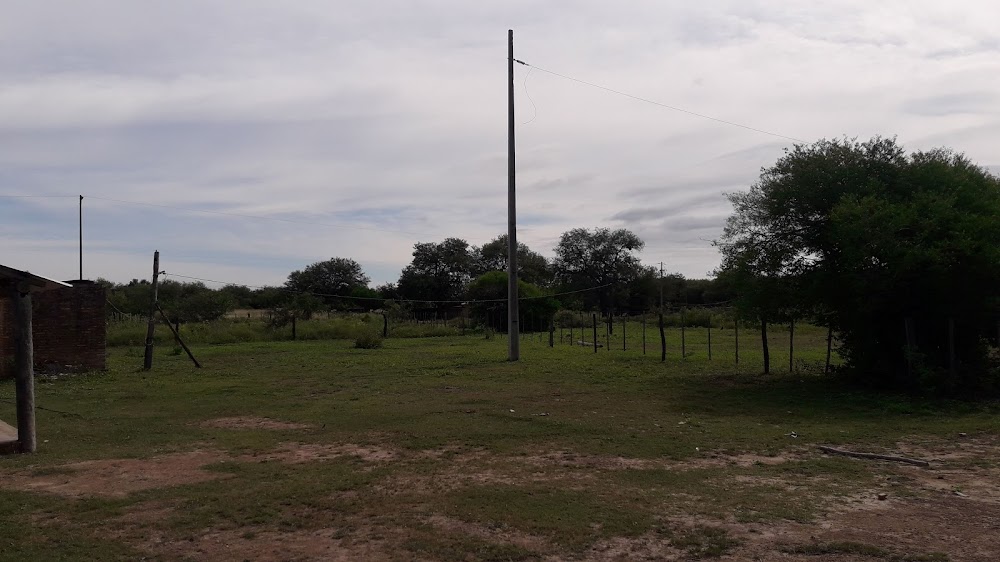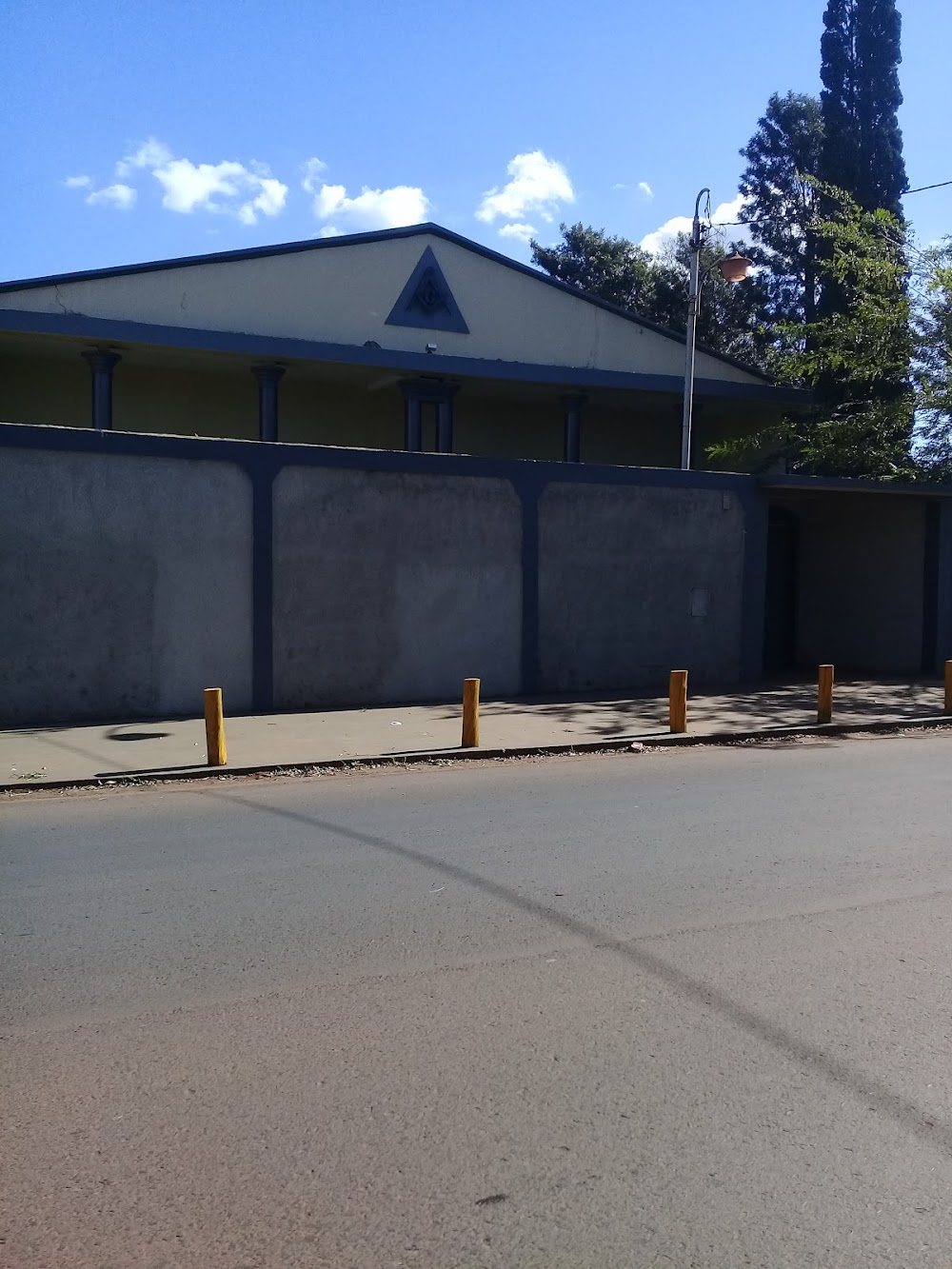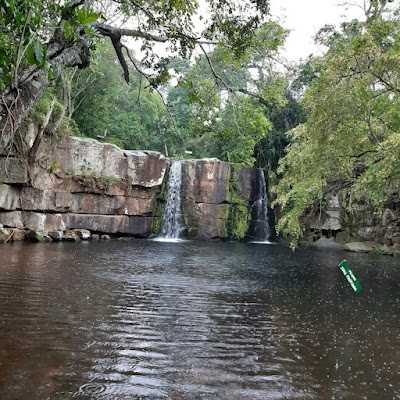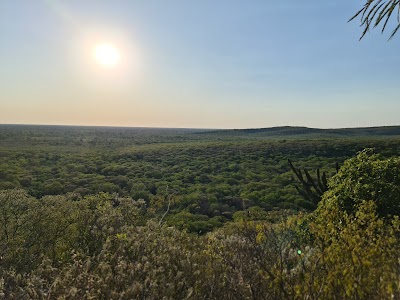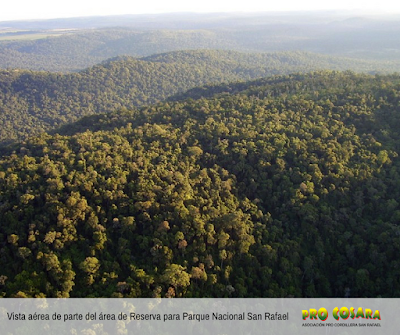Fortin Capitan Caballero (Fortín Capitán Caballero)
Overview
Fortín Capitan Caballero is a remarkable historical military fort nestled in the Amambay Department of Paraguay. This enduring structure is a testament to the country's rich history and resilient spirit, particularly during times of conflict and defense.
Historical Significance
Constructed during the tumultuous Chaco War between Paraguay and Bolivia from 1932 to 1935, Fortín Capitan Caballero served as a vital military outpost. This brutal conflict revolved around the control of the Gran Chaco region, with the fort named in honor of Captain Caballero, a distinguished Paraguayan military officer who played a crucial role in defending the area.
Construction and Architecture
As tensions escalated between the two nations, the fort's construction began, involving military engineers, soldiers, and local laborers working in unison. They utilized locally sourced materials such as stone, adobe bricks, and wood to construct robust walls and lookout towers. The fort's architecture was a perfect blend of practicality and defensive needs, featuring thick walls capable of withstanding bullets and artillery fire.
Strategic Positioning
One of the fort's most notable attributes is its strategic location on elevated ground, providing soldiers with a panoramic view of the expansive plains. This vantage point was essential for monitoring enemy movements and planning defensive strategies. Within its walls, the fort housed barracks, storage facilities, and command centers, all designed to support prolonged military campaigns.
The Construction Challenge
The building of Fortín Capitan Caballero was no small undertaking. Workers faced extreme heat, swarms of insects, and the looming threat of enemy attacks. Despite these challenges, the fort was completed in a remarkably short time, underscoring the urgency and determination of the Paraguayan forces. Soldiers and engineers often worked tirelessly, day and night, to ensure the fort was ready for any situation.
Role During the Chaco War
Throughout the Chaco War, Fortín Capitan Caballero played a pivotal role in Paraguayan military efforts. It served as a base for launching counterattacks and coordinating defensive strategies. Thanks to its robust construction and strategic location, Paraguayan forces were able to hold their ground during some of the fiercest battles. The fort's presence not only deterred Bolivian forces but also became a symbol of Paraguayan resilience and resistance.
Post-War Legacy
After the Chaco War concluded in 1935, Fortín Capitan Caballero continued to be significant, functioning as a military outpost and training center for the Paraguayan army. Over the years, it has undergone several renovations to preserve its structure and historical value. Today, it stands as a historical monument, attracting tourists and history enthusiasts eager to learn about Paraguay's past and the fort's crucial role during the Chaco War.
Preservation Efforts
The preservation of Fortín Capitan Caballero is a collaborative endeavor involving the Paraguayan government, local authorities, and historians. Together, they have worked diligently to maintain the fort's structural integrity and authenticity. Guided tours are available, offering visitors valuable insights into the fort's history, the Chaco War, and the daily lives of the soldiers who once inhabited the site.
A Symbol of National Pride
In recent years, Fortín Capitan Caballero has evolved into more than just a historical site; it has become a symbol of national pride and resilience. School programs and cultural events are frequently organized at the fort, ensuring that future generations appreciate the significance of this historical monument. It serves as a powerful reminder of Paraguay's determination to protect its territory and its people.
In summary, Fortín Capitan Caballero stands as a beacon of history and resilience in the Amambay Department of Paraguay. Its construction during the Chaco War, strategic importance, and ongoing preservation efforts reflect the country’s enduring spirit and commitment to honoring its past. The fort's legacy continues to inspire and educate, ensuring that the sacrifices and bravery of those who built and defended it will never be forgotten.



